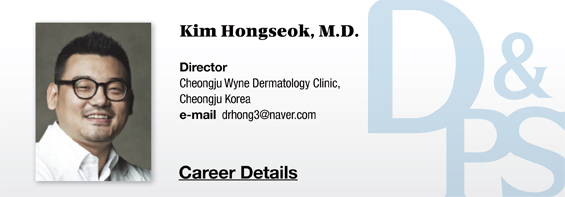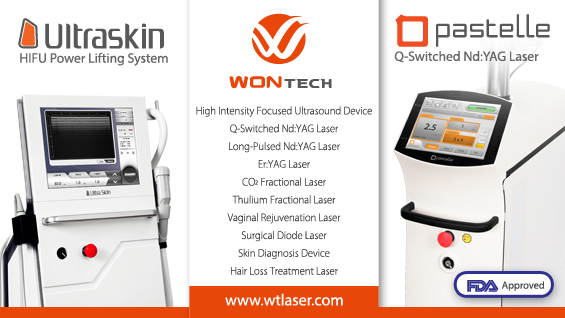
Ancient Greeks covered their body with clothes and hats to avoid sun exposure. Ancient Egyptians used herbal extracts from rice bran, jasmine, and lupine. Considering Ancient Greeks used olive oil as a sunblock, they must have known about the harmful effects of sun light on the skin.
A wealth of studies have examined the effect of antioxidants and many skin products and dermatologic treatments have been developed based on the results of these studies. Nowadays, most skin care products contain antioxidants. Antioxidant studies in the early days focused on cancer prevention or other therapeutic effects, etc. and released data on the positive effects of antioxidants on skin cancer and photo-oxidation.

[Advertisement] Ultra Skin/Pastelle – Manufacturer: WONTECH(www.wtlaser.com)
Skin protection and strengthening using antioxidants
A key culprit of skin aging is the sun light. Therefore, efforts to protect the skin from the harmful effects of the sun have a long history. Antioxidants have seen a rapid growth in the cosmetics industry since the introduction of sunblock. Antioxidants are contained not only in sunblocks but in other cosmetic products. Antioxidants reduce oxygen free radicals and stabilize the chemical components of the sunblock.
Besides applying skin care products containing antioxidants, ingesting foods rich in antioxidants can better protect the skin from the harmful ultraviolet (UV) and infrared (IR) rays and keep the skin healthy. Antioxidants have many benefits to our health. The skin has a very intricate protective system against UV induced oxidation. Key components of antioxidants include carotenoid, enzymes, andn vitamins A, C, E, and D.
Antioxidants act by forming various networks among its components. It prevents release of oxygen free radicals, neutralizes existing oxygen free radicals and restores health of the damaged skin. Antioxidants protect the skin against the UV rays.
In 2006, Heinrich et al. reported that cocoa beans contain flavonol, a powerful antioxidant. They compared the skin restoring effects of high-concentration and low-concentration flavonol. At 6 weeks and 12 weeks after treatment, UV induced erythema was significantly reduced in the high-concentration group, showing the photoprotective effects of flavanol. Moreover, keratin and rough skin were markedly reduced in the high concentration group, whereas the circulation, thickness and hydration in all layers of the skin were increased. Their study provided convincing evidence for the photo-protective effects of antioxidant-rich foods.
Antioxidant substances with proven photoprotective effects include anthocyanins, beta-carotene, carotenoids, flavonoids, polyphenols, stilbenes, tocopherols, and tocotrienols, etc.
-To be continued-



















